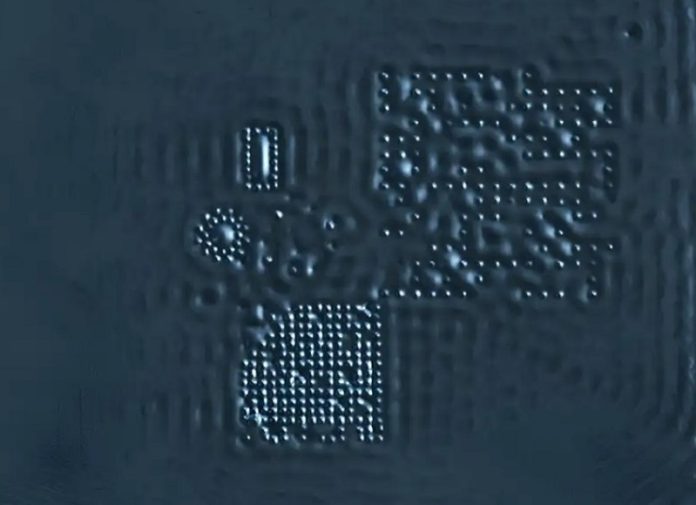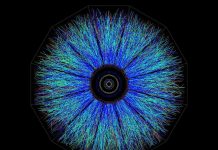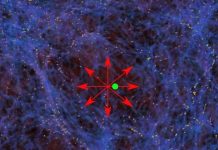
For over half a century, a special theory about how electrons behave in atoms has puzzled scientists.
Now, a group of researchers from the Department of Physics at Universität Hamburg has finally found proof that this theory is actually true.
The findings have just been published in the journal Nature, and they could be the key to making our electronic devices much smaller and more powerful, including boosting the potential of quantum computers.
Usually, electrons don’t like to get too close to each other because they both have negative charges.
Think of two magnets with the same poles facing each other—they push each other away. This pushing away of electrons has a big impact on how materials conduct electricity.
It’s one reason we need things like batteries and plugs; we have to push the electricity along because the electrons slow it down.
But what if we could get the electrons to pair up, like a buddy system? According to theory, once they pair up, they start to behave differently.
They stop pushing each other away and can even move together in the same motion.
This is what the researchers managed to do, and when electrons behave this way, the material they are in can conduct electricity without slowing it down. This is known as superconductivity, and it’s used in a lot of technology, like MRI machines in hospitals.
To accomplish this, the team led by PD Dr. Jens Wiebe, locked electrons in tiny cages made of silver atoms. Imagine a mini zoo but for electrons!
These cages were put on the surface of a superconductor, a material that already allows electrons to flow freely.
The caged electrons started behaving like their free-roaming neighbors and paired up just as the theory predicted.
The discovery confirmed what Japanese theorists Kazushige Machida and Fumiaki Shibata had predicted in the early 1970s. They said that in certain conditions, electrons would pair up, and this would create a specific energy signature.
The German researchers found this exact energy signature, proving that the theory was right all along. In fact, Machida was thrilled that his theory finally got proven.
He said, “I thought for a long time that it was impossible to prove its existence, but by your ingenious method you have finally checked it to be true experimentally.”
This is not just an exciting discovery for scientists; it has real-world applications.
The researchers say that understanding how to make electrons pair up in tiny structures could lead to advancements in nanotechnology and quantum computing.
Other studies have already shown that this specific behavior of electrons can make quantum computers more stable and less noisy, which is a big deal for the future of computing.
In simple terms, after 50 years of waiting, science has caught up with theory. This discovery doesn’t just solve an old puzzle; it opens the door to new technological advancements that could change our lives.
Follow us on Twitter for more articles about this topic.



